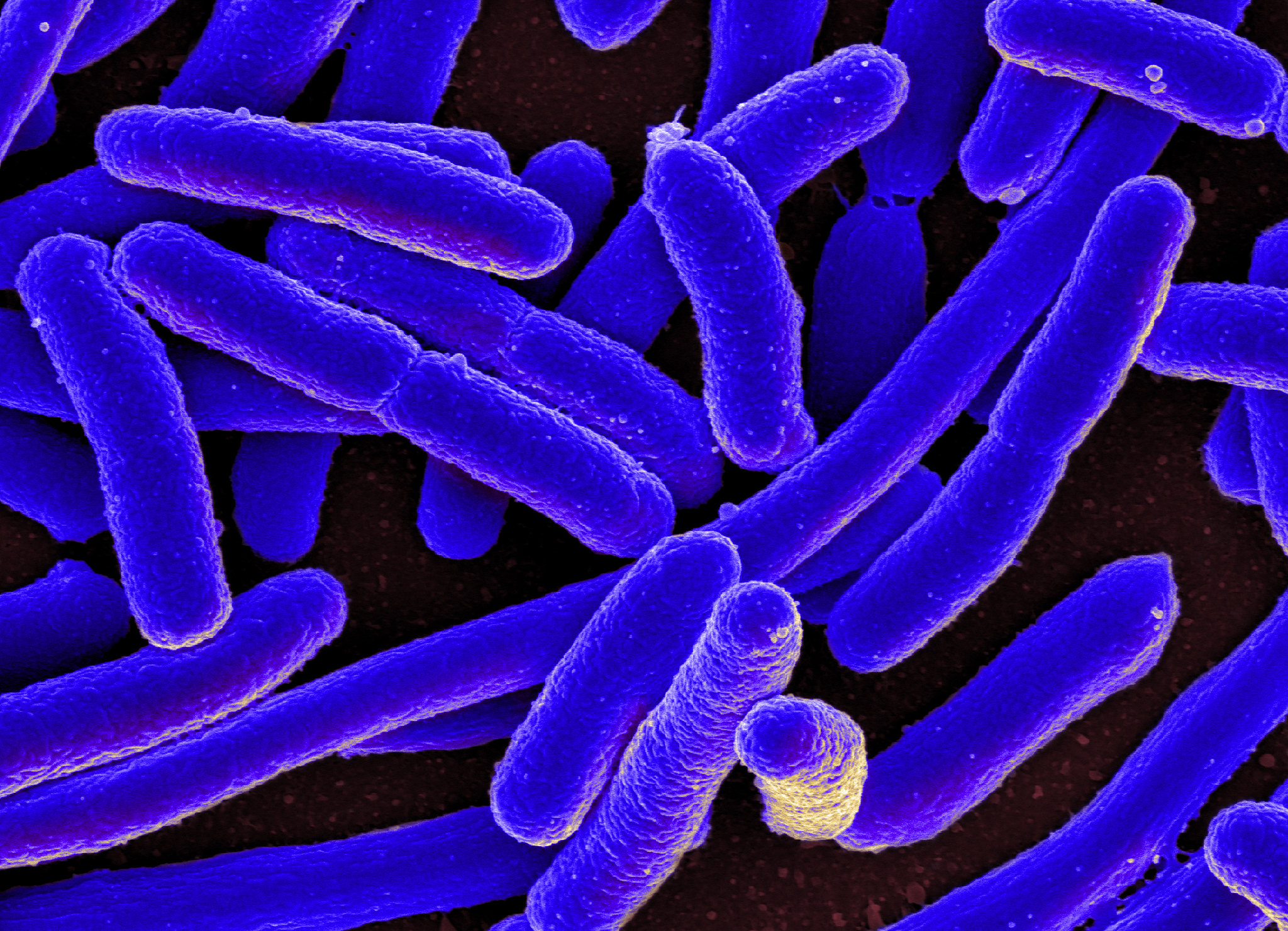Playlist
Show Playlist
Hide Playlist
Enteric Bacteria
-
Slides 03 EntericBacterialDiseases MicrobiologyAdvanced.pdf
-
Download Lecture Overview
00:01 Hello and welcome to Enteric Bacterial Diseases. We're going to explore a few different kinds of bacteria that infect the intestinal tract, and after you've listened to this lecture, you'll know the structure and virulence factors produced by bacteria that cause enteric infections. You will be familiar with the pathogenesis and epidemiology of enteric bacterial diseases associated with Vibrio, E. coli, Shigella and Salmonella, and you should know how to treat these enteric bacterial infections. First, we're going to look at a condition called secretory or watery diarrhea, which you and I have had for sure, maybe not caused by bacteria, could be viral, but this is going to be different from diarrhea we will talk about later, which is bloody diarrhea. Secretory watery diarrhea, and we're going to look at members of the Enterobacteriaceae and the vibrionaceae, they're both gram-negative rods, two different kinds of bacteria, one shown on the left, the E. coli, and the one on the right the vibrios. These bacteria are transmitted to humans in contaminated food and water. Contaminated with what? Fecal material of course, either human or from another animal. So in the end, it's all about keeping your food or water clean, which we seem to have problems doing. 01:40 These bacteria that cause watery diarrhea adhere to the epithelial cells of the gastrointestinal tract. We showed in a previous lecture a slide showing the structure of the wall of the gastrointestinal tract; it's lined with epithelial cells which you can see at the bottom of this slide. And the bacteria we're going to talk about sit on the surface of this epithelium, they don't go in, they don't invade, they're not invasive, they sit on the top and have their effects right there and they adhere via their pili, and those are composed of surface adhesins, and again if you don't remember what pili are, go back to the basic bacteria lecture. What these bacteria do is they make toxins, the toxins get into the epithelial cells lining the gut and they cause problems, they reduce sodium absorption and they increase chloride secretion. They disturb the homeostasis of sodium chloride balance and that leads to water coming out of the cells and there you go, there's your watery diarrhea, caused by toxins. Very easy to treat. You don't need antibiotics. You just drink lots of fluids. 03:02 Presumably water or perhaps some water-based fluids with electrolytes would be fine, but just need oral rehydration therapy to replace what you're losing, otherwise you get dehydrated and you'll have more problems. Let's talk about
About the Lecture
The lecture Enteric Bacteria by Vincent Racaniello, PhD is from the course Bacteria.
Included Quiz Questions
Secretory diarrhea is primarily transmitted to humans via which of the following?
- Contaminated food and water
- Contact with farm animals
- Respiratory droplets
- Fomites
- Wound or break in the skin
Pathogens that cause secretory diarrhea have toxins that affect electrolyte transport in the gut lumen in which of the following ways?
- Decreased Na absorption, increased Cl secretion
- Decreased Cl absorption, increased Na secretion
- Increased Na absorption, Increased Cl secretion
- Increased Na absorption, decreased Cl secretion
- Increased Cl absorption, decreased Na secretion
Customer reviews
5,0 of 5 stars
| 5 Stars |
|
5 |
| 4 Stars |
|
0 |
| 3 Stars |
|
0 |
| 2 Stars |
|
0 |
| 1 Star |
|
0 |





